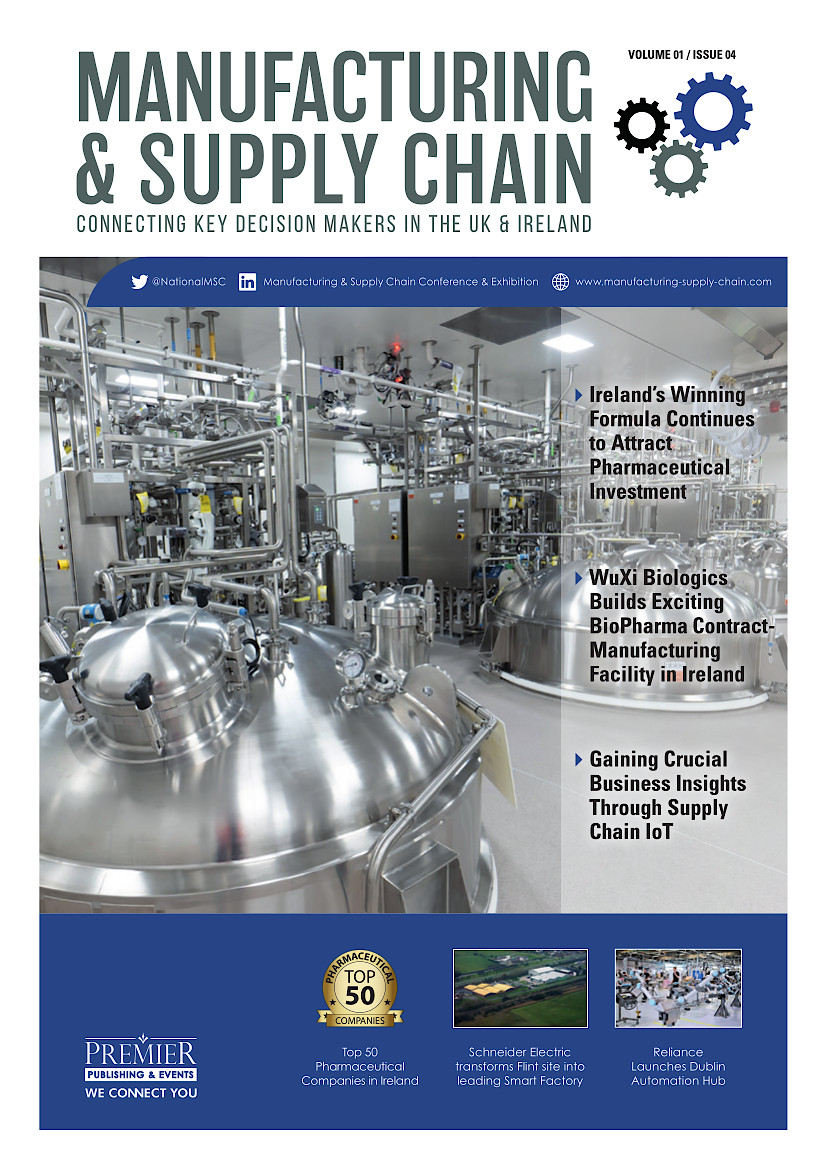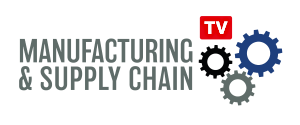Ireland’s Energy Consumption and Related Emissions Fell in 2013

Carbon intensity of electricity generation almost halved since 1990
Average home energy consumption down one third compared to 1990
Last year, Ireland’s primary energy and related CO2 emissions fell by 1.2% and 3.8% respectively. That is according to a new report Energy in Ireland 1990-2013 published by the Sustainable Energy Authority of Ireland (SEAI).
Speaking at the launch, Dr Brian Motherway, CEO of SEAI said “These are good indicators of progress towards greater energy sustainability. Last year more than a fifth of our electricity came from renewables, displacing €300 million of fossil fuel imports. Carbon emissions per unit of electricity generated in Ireland are now just over half of what they were in 1990, possibly the lowest they have ever been.”
The report provides further evidence of the profound effect of ambitious energy policy on our decision making and consumption patterns. Improved building energy regulations, coupled with the success of Building Energy Rating and the Better Energy upgrade programmes, means the average energy consumption of a home is now a third lower than in 1990.
Concluding Motherway said: “Among all the figures in this report, for me the one that stands out is the €6.7 billion spent on importing energy from elsewhere in 2013. There is so much to gain if we can reduce the exposure of our energy system to imported fossil fuels, at prices largely outside our control, and with their associated environmental and security implications. This report reminds us of the challenges that drive our policy, but also of the progress that Ireland’s citizens, businesses and policymakers are already delivering. It can inform our societal discussions about the increasingly important role energy plays in all our lives, and help us to collectively make the right choices to put energy firmly on a sustainable pathway.”
Report Highlights for the year 2013
- Ireland’s primary energy supply decreased by 1.2% while the economy grew by 0.2%.
- Ireland’s energy-related CO2 emissions (excluding international aviation) fell by 3.8% but they are still 17% above 1990 level.
- Ireland’s import dependency increased marginally to 89%. The cost of all energy imports to Ireland was approximately €6.7 billion.
- Electricity consumption was almost static while primary energy input for electricity generation fell by 5.2% and related CO2 emissions fell by 11%.
- The carbon intensity of electricity dropped to a new low of 469 g CO2/kWh.
- With 178 MW of new capacity added in 2013, wind energy resulted in the avoidance of approximately 1.7 Mt CO2 and €240 million in fossil fuel imports.
- Ireland’s target is 16% of gross final consumption from renewables by 2020, with separate targets for contributions of renewable energy in electricity (40%), transport (10%) and heat (12%). In 2013, Ireland was approximately half way towards each of these targets.
- Energy use per dwelling fell by one third since 1990 while average floor area increased by 50% in the same period. The average dwelling emitted 6 tonnes of energy-related CO2, with 3.7 tonnes from direct fuel use and 2.2 tonnes from electricity.
For a copy of the Energy in Ireland Report 2014 visit www.seai.ie
For further information contact:
Karen Ferris / Morwenna Rice, Drury|Porter Novelli
086 317 1248 (KF) / 086 1940069 (MR)
Karen.ferris@drurypn.ie / Morwenna.rice@drurypn.ie
About SEAI:
The Sustainable Energy Authority of Ireland (SEAI) has a mission to play a leading role in the transformation of Ireland to a society based on sustainable energy structures, technologies and practices. SEAI is partly financed by Ireland’s EU Structural Funds Programme co-funded by the Irish Government and the European Union.




















